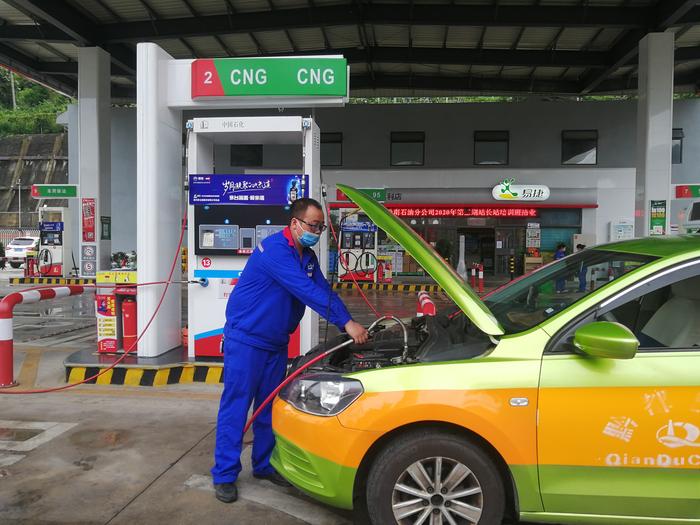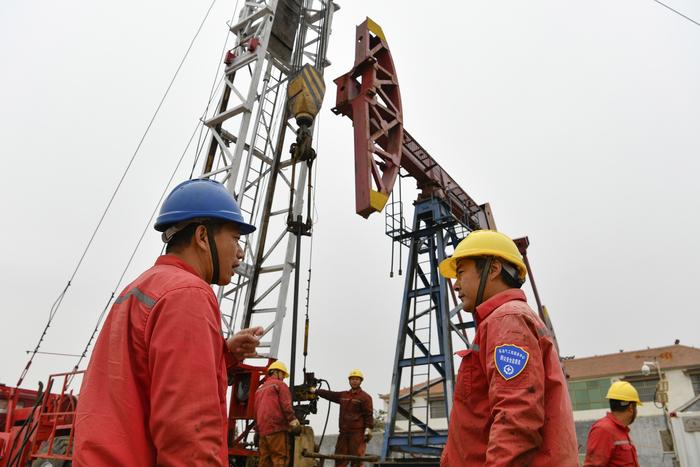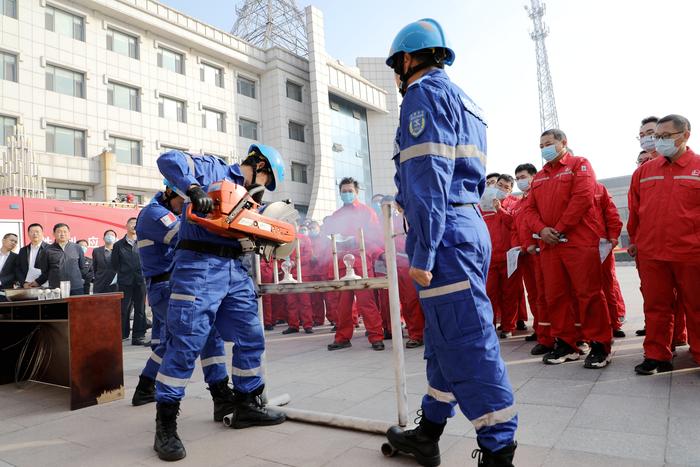|
| 2020-11-05 来源: 中国石化新闻网 |
| 石化新闻 |
中国石化新闻网讯 据11月2日Oil Monster消息:天然气是一种可行的能源选择,可以有效地实现可持续发展的环境、社会和经济方面的平衡。 天然气出口国论坛(GECF)秘书长在土库曼斯坦第25届油气会议上说,它降低了能源相关活动造成的碳强度和污染,支持现代能源的获取,提高供应的可用性和可靠性,并提供有竞争力和可负担的能源。 通过视频会议参加年度活动的Yury Sentyurin博士进一步表示,到2050年,尚未发现的(YTF)资源将占全球天然气总产量的30%左右,这显示了天然气行业的活力。据他说,到本世纪中叶,大约80%的天然气生产将来自新项目,这突出了在上游持续投资的重要性。 秘书长Sentyurin说,这意味着目前已探明储量不足以满足全球不断增长的需求,同时使GECF做好准备,为与多个国家和土库曼斯坦等重要产油国的发现和勘探项目提供便利。 作为全球第四大天然气储量国,土库曼斯坦一直在释放天然气潜力,2000年至2019年期间,该国经济年均增长率达到11.5%,国内天然气产量不断扩大吸引投资,并加强知识和技术交流。 为此,GECF秘书长重申论坛愿意支持土库曼工业,因为在未来的能源趋势,数字化和气候行动的推动下,土库曼工业正在经历转型。 Sentyurin强调说,论坛的专业知识和合作援助将在促进天然气行业扩张、促进急需的能源安全、多样化供应路线、帮助支持当地工业的同时使该国公民受益方面发挥极其重要的作用。目前,土库曼斯坦的20个成员国占全球已探明天然气储量的71%,市场产量的45%,管道产量的53%,以及液化天然气出口的60%。 根据GECF《2050年全球天然气展望》,中亚共和国的天然气产量预计将增长78%,到2050年达到1410亿立方米以上的水平,年增长率高达1.9%。 GECF预测,尽管受疫情影响,天然气产量在中短期内增长受阻,但2020年至2050年天然气产量仍将增长50%以上。世界上所有地区的石油产量都将上升,但欧洲除外,到2050年,欧洲的产量将下降70%。北美和中东将保持其最大天然气生产国的地位。 冯娟 摘译自 Oil Monster 原文如下: Over a Quarter of 2050 Natural Gas Supply Untapped: GECF Natural gas is a viable energy option that contributes efficiently to achieve a balance between environment, social, and economic dimensions of the sustainable development. It reduces carbon intensity and pollution resulting from energy-related activities, supports access to modern energy, improves availability and reliability of supply, and provides competitive and affordable energy, the Gas Exporting Countries Forum (GECF) Secretary-General said at the 25th Oil & Gas of Turkmenistan Conference. Taking part in the annual event via videoconference, Dr Yury Sentyurin further said that the yet-to-find (YTF) resources will contribute to around 30 percent of the total production of natural gas worldwide by 2050 and it's what shows the vibrancy of the gas industry. According to him, around 80 percent of the natural gas production by mid-century will stem from new projects, and this highlights the importance of continued investment in upstream. 'This means that the current level of proven reserves is not adequate to furnish the rising demand around the world, said Secretary-General Sentyurin, while positioning the GECF's readiness to facilitate projects on discovery and exploration with various countries and important producers like Turkmenistan. As a holder of the fourth-largest volume of gas reserves worldwide, Turkmenistan has been unlocking the potential of natural gas, leading to an impressive 11.5 percent average economic growth rate between 2000 and 2019, continuously expanding domestic gas production, attracting investors, and enhancing knowledge and technologies exchange. To this end, the GECF Secretary General reiterated the Forum's readiness to support the Turkmen industry as it undergoes transformation on the back of the future energy trends, digitalisation, and climate action. 'The Forum's expertise and collaborative assistance could be exceedingly instrumental in furthering gas industry expansion, advancing much-needed energy security, diversifying supply routes , and helping bolster local industry while benefitting the citizens of the country, highlighted Sentyurin. The GECF speaker also acknowledged the remarkable role of Turkmenistan as one of the founders of the Forum, whose 20 member countries today represent 71 percent of proven gas reserves, 45 percent of its marketed production, 53 percent of pipeline, and 60 percent of LNG exports across the world. According to GECF Global Gas Outlook 2050, natural gas production in the Central Asian Republic is set to increase by 78 percent to reach the level of more than 141 billion cubic metres (bcm) by 2050, at a remarkable annual growth rate of 1.9 percent. Important projects in the offing include the Turkmenistan-China pipeline enhancement, TAPI (Turkmenistan-Afghanistan-Pakistan-India), and others. 'More than 100 bcm of this expansion will be sourced from the new projects and the GECF has a lot to contribute to the success of these, noted the Secretary-General. The GECF projections forecast expansion of natural gas production by more than 50 percent between 2020 and 2050, despite facing a stymied growth in the short- and medium-term due to the impact of COVID-19. It will see production rise across all regions of the world, with the exception of Europe, where it will decline by 70 percent by 2050. North America and Middle East will retain their position as largest expanders of gas production. |








